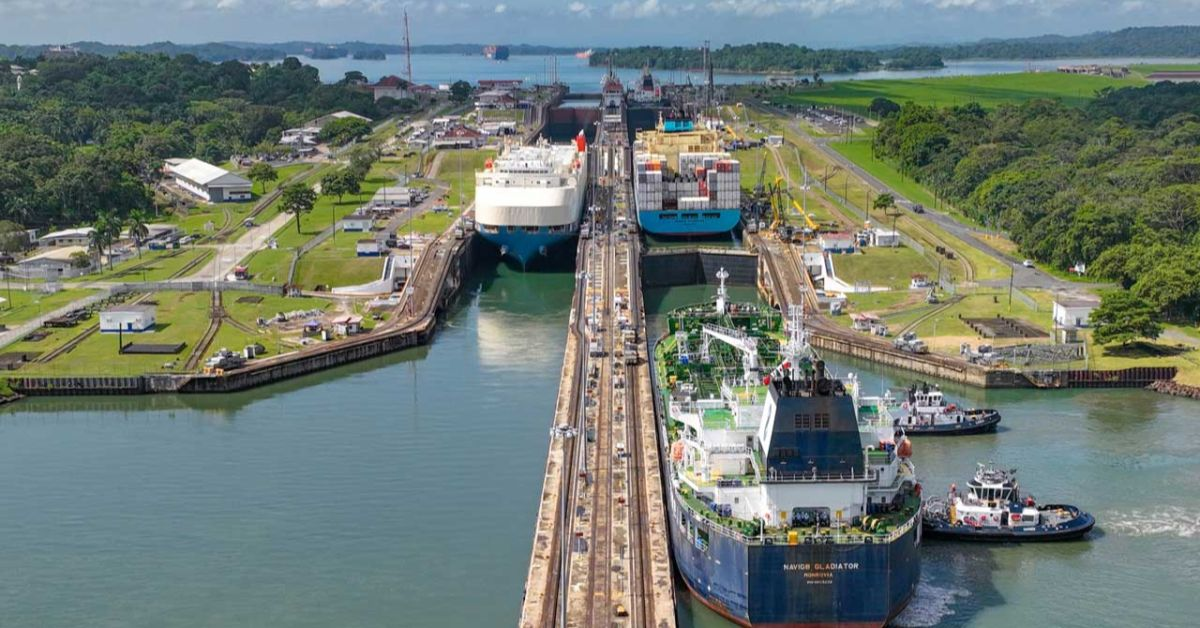Effective 3 August 2025, the Panama Maritime Authority has introduced stringent age restrictions on vessels seeking entry into its shipping registry. Oil tankers and bulk carriers older than 15 years are now barred from registration, part of a sweeping effort to elevate fleet standards and counter the rise of the so-called “dark fleet”—vessels operating with limited transparency and suspected of flouting international sanctions.
The move follows an internal review revealing that 71% of detentions between 2023 and mid-2025 involved ships surpassing the 15-year age threshold. This policy shift is embedded within a broader pre-screening initiative, designed to identify operational risks and assess potential sanction exposure before vessels are allowed to register.
Beyond imposing age limits, Panama is intensifying regulatory oversight with quarterly inspections by recognized organizations targeting high-risk vessels, and expanded scrutiny of Safety Management Systems in line with Resolution 106-003-DGMM. This initiative reflects the registry’s commitment to favoring quality over volume, aligning with the highest international standards to promote safer and more sustainable maritime operations.
As the world’s largest ship registry, Panama oversees a fleet of more than 8,600 vessels totaling approximately 247.7 million gross tons—accounting for around 15% of global tonnage, according to IHS Markit. Reinforcing its drive for fleet modernization, the registry is now actively encouraging the entry of younger, technologically advanced ships, primarily sourced from Asian shipyards.
In response to mounting scrutiny—particularly involving Panama-flagged vessels suspected of transporting Iranian crude in defiance of U.S. sanctions—the Panama Maritime Authority has rolled out a series of robust regulatory enhancements aimed at bolstering maritime security and enforcement. These measures form part of a broader strategy to elevate compliance and uphold international obligations.
Meanwhile, the Panama Canal Authority (ACP) has reported a return to full operational capacity, maintaining a consistent 50-foot draft throughout the dry season. This milestone, announced during ACP’s third quarterly market briefing, signals the end of prolonged drought-related constraints that disrupted transit schedules and forced temporary reductions in draft limits across late 2023 and early 2024.









